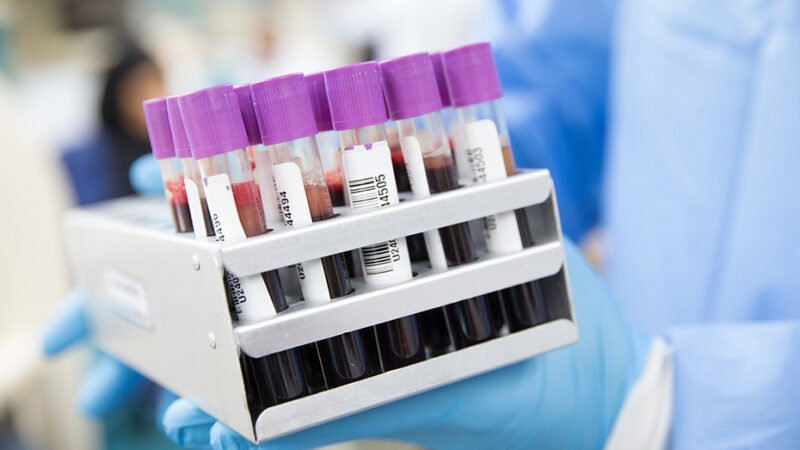Cuatro campañas confirman villa romana de Las Gabias como complejo rural de alto rango

The Minister of Culture and Sports, Patricia del Pozo, and the mayor of the Granada municipality of Las Gabias, María Merinda Sábada, have presented the results of the investigations carried out over four consecutive archaeological campaigns at the Roman villa of Las Gabias. According to Del Pozo, «the work carried out between 2022 and 2025 at one of the most emblematic sites for the study of Roman presence in Andalusia» has helped to «dispel stereotypes» and has opened up «new and exciting horizons in the research of this important archaeological complex owned by the autonomous community.»
Discovered over a hundred years ago, this site, «whose last excavation was carried out three decades ago,» has experienced «a significant process of revaluation in the last four years, thanks to the definitive commitment of the Andalusian government and the municipality of Las Gabias to advance in its constructive and contextual knowledge, as well as in its conservation and dissemination,» as assessed by the highest authority in Culture of the Andalusian Government.
Funded by the Ministry of Culture and Sports of the Junta de Andalucía and the City Council of Las Gabias, with the collaboration of the universities of Granada, Jaén, and Málaga, these research works have combined archaeological prospecting tasks with excavation, «confirming the importance of this Roman-era site, confirming that it is a high-ranking rural complex, organized around a valuable cryptoportico, previously wrongly classified as a baptistery,» highlighted Del Pozo. In short, it is an integrated and monumental complex, articulated as a «high-ranking rural complex,» which had open spaces, gardens, and spacious dependencies, not only for agricultural use, but also of a residential and representative nature.
During the visit to the site, the Minister of Culture and Sports emphasized the relevance of collaboration between administrations to «advance in the knowledge, recovery, and preservation of Andalusian historical and artistic heritage.» A joint effort that «bears fruit» and allows the valuation of sites like the Roman villa of Las Gabias, «one of the most relevant references for understanding Roman occupation in Andalusia, and more specifically, the flourishing economic and social activity that took place in the Vega de Granada during Antiquity.»
Four consecutive interventions
Discovered by chance over a hundred years ago by Francisco Serrano, this site was excavated as an emergency a year later by Juan Cabré, and, eight years later, by Leopoldo Torres Balbás. The latter was responsible for enclosing the perimeter of the site to try to stop the looting it had been suffering, resulting in the loss of valuable elements, such as a marble fountain and almost all the ‘opus sectile’ decoration.
This restoration architect was also responsible for the recovery of the cryptoportico, mistakenly identified for years as a «baptistery,» an impressive construction that stands out for its monumentality and symbolic value. In 1931, it was registered as a Historic-Artistic Monument and in 2004 as a Cultural Heritage Site.
After the intervention by Torres Balbás, archaeological research was practically paralyzed, largely due to opposition from the landowners. Thus, despite the passage of time, only two small-scale excavations were carried out, in 1972 and 1995, led by the University of Granada.
Therefore, the site languished for decades, until the recent implementation of the program of four interventions, jointly promoted by the Ministry of Culture and Sports of the Junta de Andalucía and the City Council of Las Gabias, under the scientific coordination of the archaeologist and professor at the University of Málaga, Manuel Moreno Alcaide, in collaboration with the universities of Jaén and Granada.
The first of these, developed in December 2022, took place inside the cryptoportico and revealed a monumental marble staircase that provided the original access to the Roman construction.
In December 2023, a second intervention addressed, for the first time, the archaeological excavation of the gallery. In this case, a pavement over the vault was discovered, indicating the existence of an upper walkable space, possibly linked to a garden with a pond.
The third intervention, in 2024, carried out a geophysical survey, whose results revealed the existence of two areas separated by a path. To the west, the ‘pars rustica’ was located, including the oil mill already discovered in 1995, while on the other side was the ‘pars urbana’, where a series of anomalies were detected, interpreted as a large courtyard surrounded by perimeter constructions, in the center of which is the cryptoportico. An archaeological survey was also carried out, revealing a perimeter room with an apse paved with geometric mosaics, of the venerated type, and with architectural motifs in the form of arches. In addition, an intervention was carried out in a lateral room, also paved with polychrome mosaics, which could correspond to a bedroom (‘cubiculum’).
Finally, it is worth mentioning the recent discovery, in an excavation on private land, of a rectangular building, with ‘opus signinum’ and covered with ‘tubi fittili’, which could correspond to the baths of the villa.
Open to the public
In addition to these investigations, the Ministry of Culture and Sports is involved in the site through several initiatives. The first of these is its opening to the public through the ‘Discover the archaeological sites of Granada’ program, which last year attracted 570 visitors to this villa. Throughout the summer months, this initiative offers free guided tours of the archaeological sites owned by the province, allowing the public to visit this site for the first time, explore the cryptoportico, and learn about the advancements in archaeological research.
A second initiative is the future musealization of the cryptoportico, a project that is already in progress.

